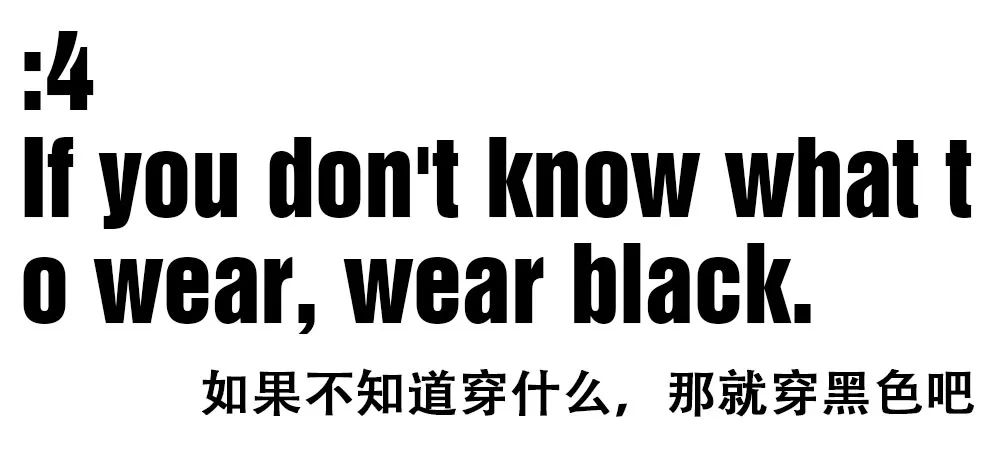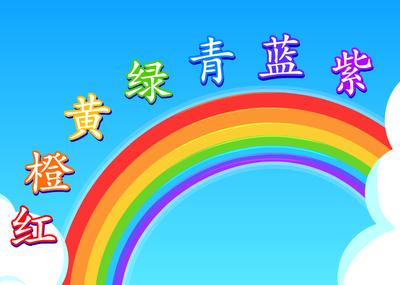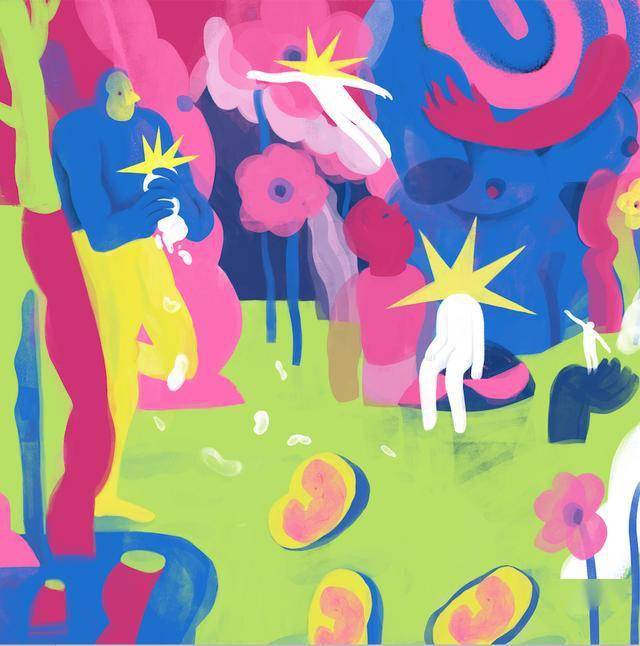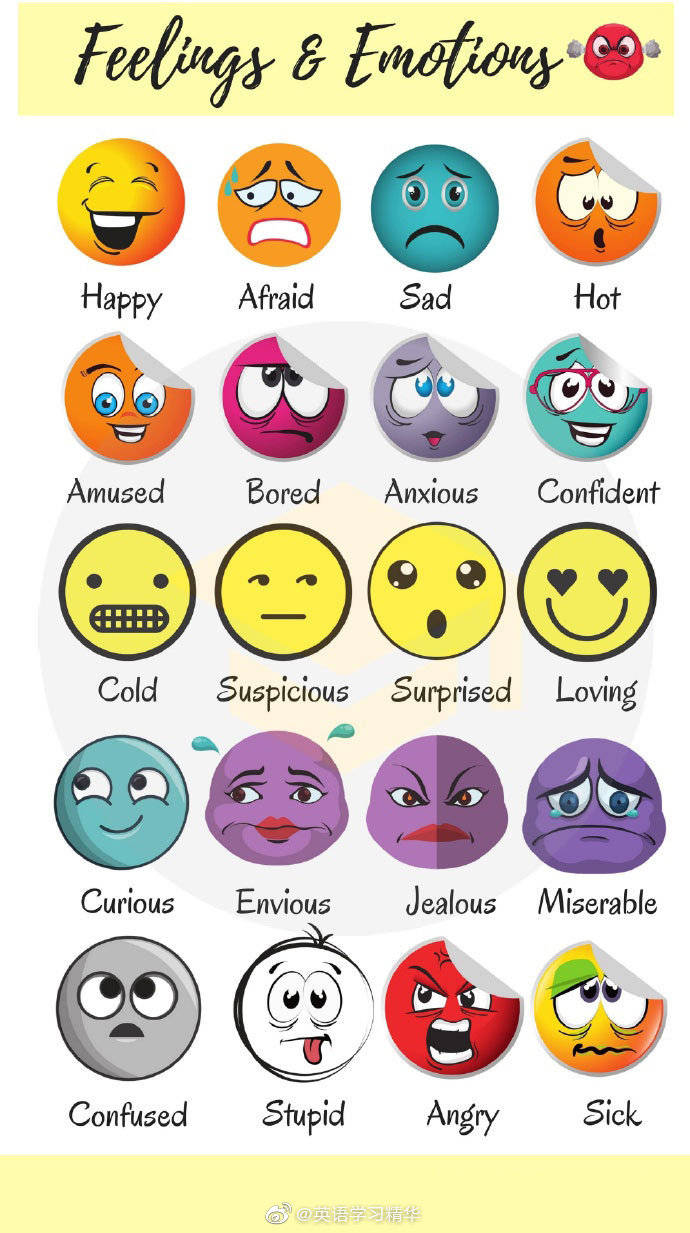摘要:本文探讨了情绪的色彩表达,展开了一场情感色彩的旅程。文章深入剖析了情绪与色彩之间的紧密联系,展示了如何通过色彩来解读和表达不同的情绪。通过丰富的描述和解读,带领读者走进情感色彩的缤纷世界,更好地理解情绪与色彩之间的微妙关系。
In the vast canvas of human emotions, color plays a pivotal role in expressing our innermost feelings. The art of color expression is an intricate blend of psychological, emotional, and cultural factors that influence how we perceive and interpret hues in relation to our mood. This journey through the spectrum of emotional shades explores the fascinating interplay between color and emotions.
The Science of Color and Emotions
The relationship between color and emotions is not merely a subjective perception. Science has shown that color has a profound impact on our psychological state and can trigger specific emotional responses. For instance, studies have demonstrated that certain colors can influence our mood, energy levels, and even our heart rate.
Red, for instance, is a color that often evokes a sense of urgency, excitement, and passion. It is associated with energy, strength, and courage. On the other hand, blue is often perceived as a calming color, associated with peace, tranquility, and reliability. Green, the color of nature, is often associated with harmony, balance, and renewal.
Cultural Influences on Color Expression
The interpretation of colors and their association with emotions vary greatly across cultures. In some cultures, specific colors are considered auspicious and are associated with positive emotions such as happiness and joy. In other cultures, certain colors might be considered unlucky or even taboo.
For example, in Western culture, white is often associated with purity, innocence, and peace, while in some Eastern cultures, white is considered a symbol of death and mourning. Similarly, the color black is often associated with sophistication and power in Western culture but might be interpreted as ominous or even negative in other cultures.
The role of color in artistic expression is particularly fascinating. Paintings and other art forms often use color to evoke specific emotions from viewers. The use of color in film, music, and literature also helps convey the emotional tone and atmosphere of the work.
The Power of Color in Therapy and Well-being
In recent years, the use of color in therapy has gained significant attention. Color therapy, also known as chromotherapy, involves the use of specific colors to treat various psychological and emotional issues.
For instance, certain colors can help alleviate anxiety and stress. Blue and green are often used to create a calming effect, while orange and red are used to stimulate energy and motivation. Color therapy aims to balance the mind, body, and spirit by harnessing the power of color.
Color in Everyday Life
In our everyday lives, color plays a vital role in expressing our emotions. From the clothes we wear to the surroundings we choose to decorate our homes and offices, color is an integral part of our emotional expression.
For instance, when we feel happy or excited, we might choose to wear bright colors that reflect our mood. Conversely, when we feel sad or anxious, we might prefer to wear darker or calming colors that help us feel more at ease. The choice of color is often a reflection of our emotional state and a way to express ourselves through color.
Conclusion: The Spectrum of Emotional Shades
Color expression of emotions is a fascinating journey through the spectrum of emotional shades. From science to culture, art to therapy, color plays a pivotal role in expressing our innermost feelings. Understanding the role of color in expressing emotions can help us better understand ourselves and others around us. As we continue to explore the spectrum of emotional shades, we discover an infinite world of emotional expression through the lens of color.





 闽ICP备2024081394号-1
闽ICP备2024081394号-1
还没有评论,来说两句吧...